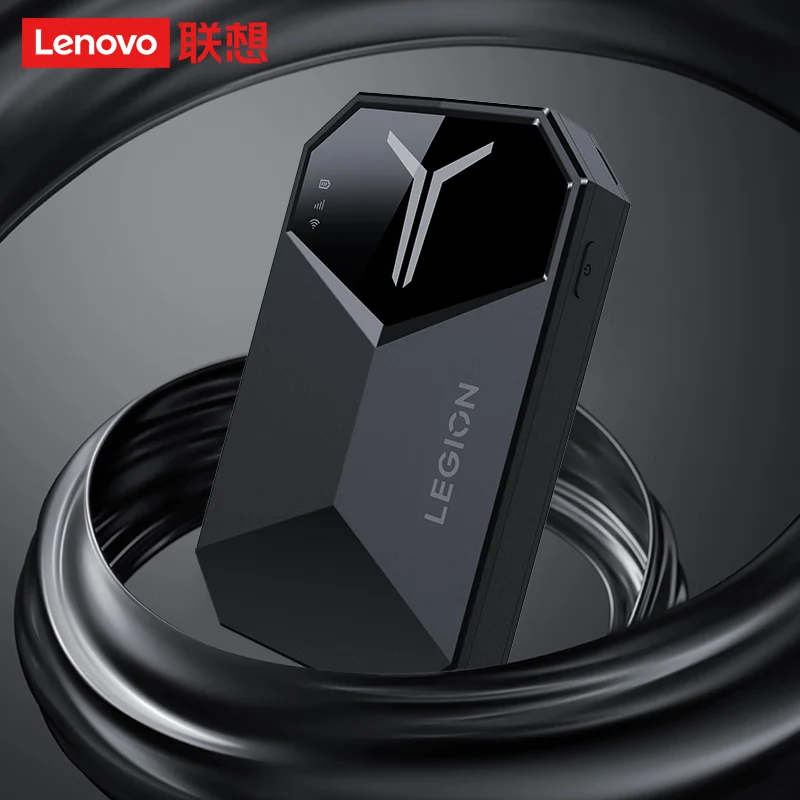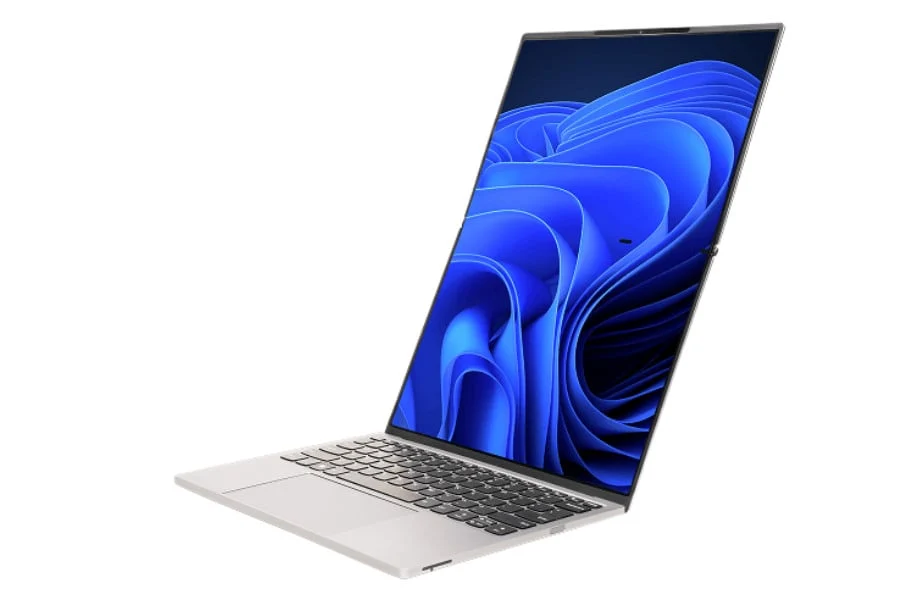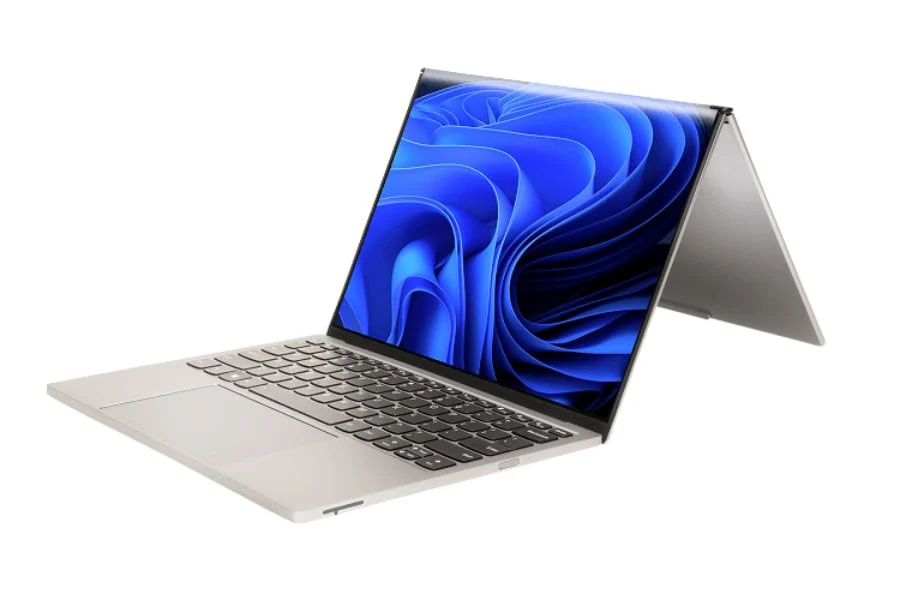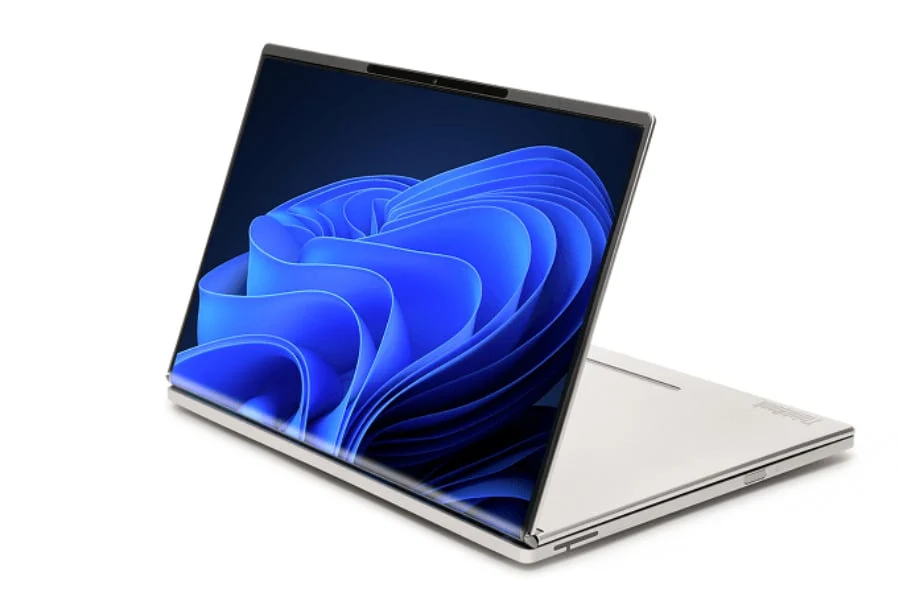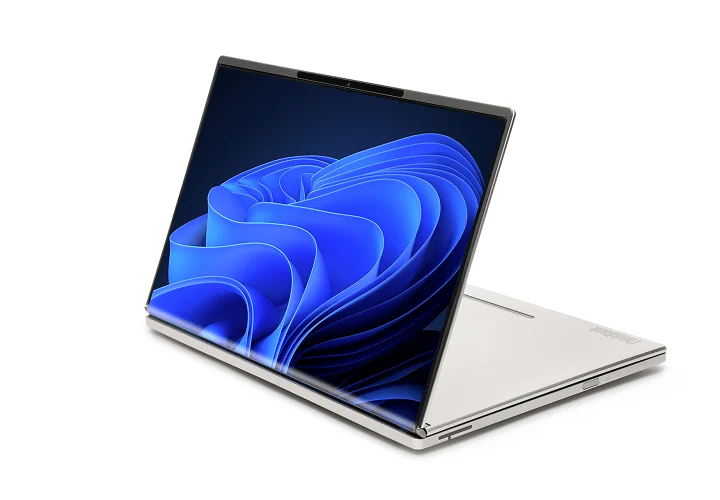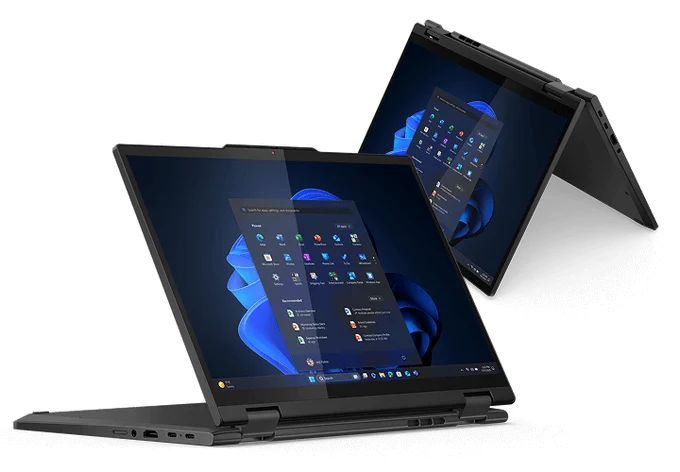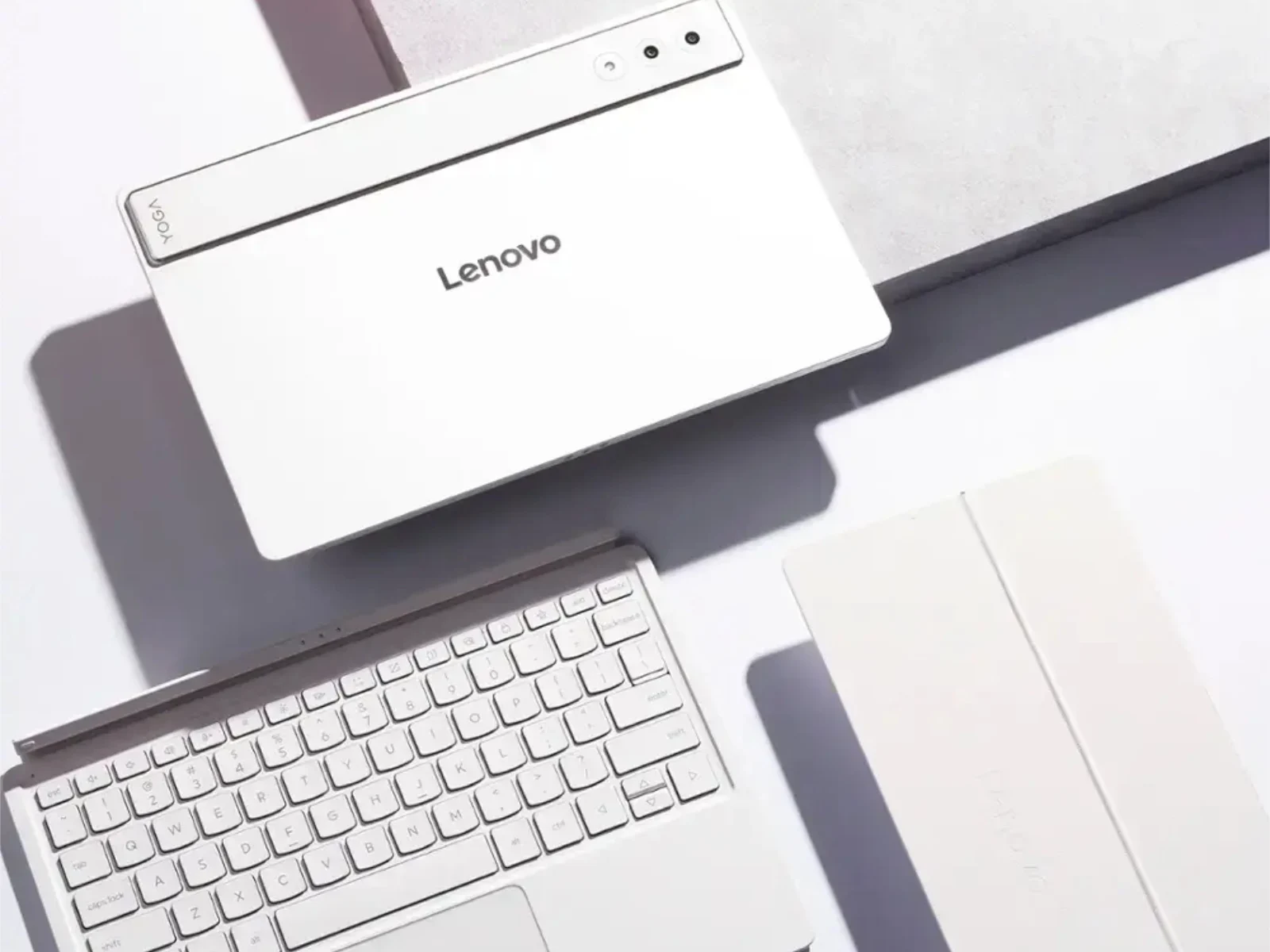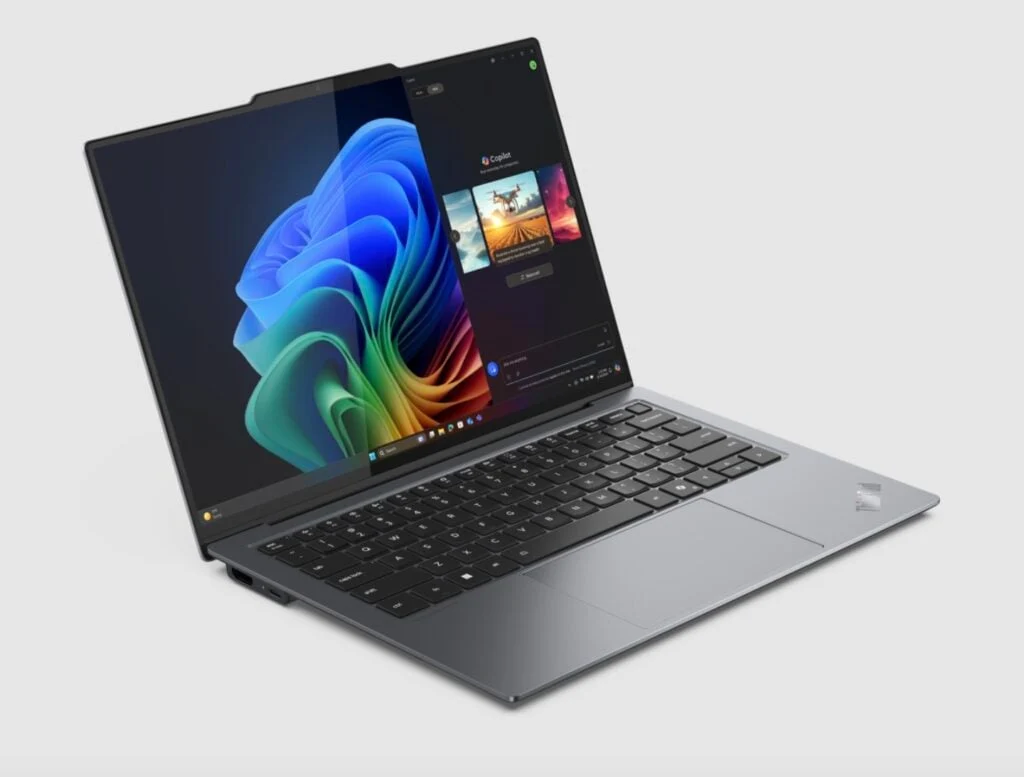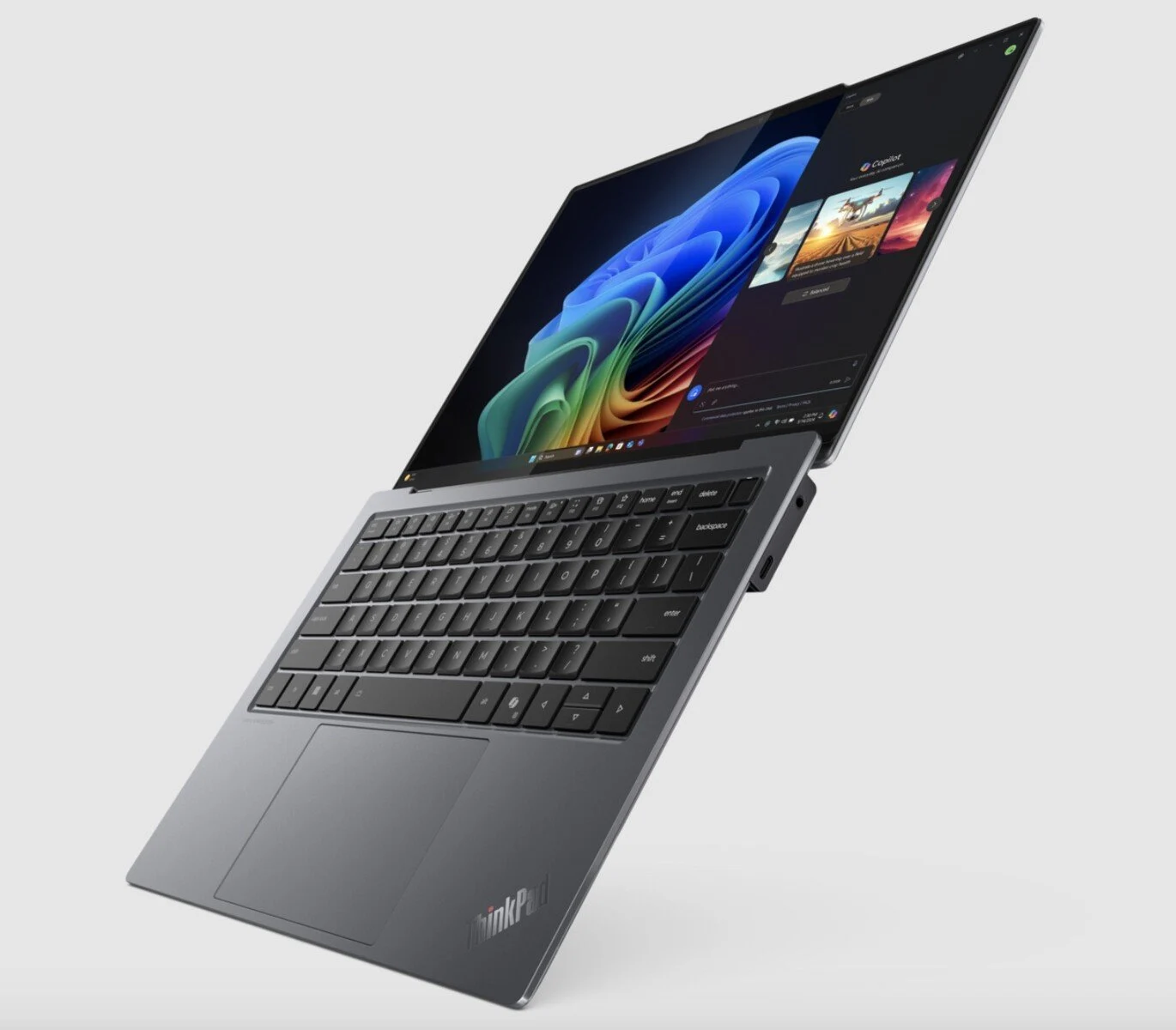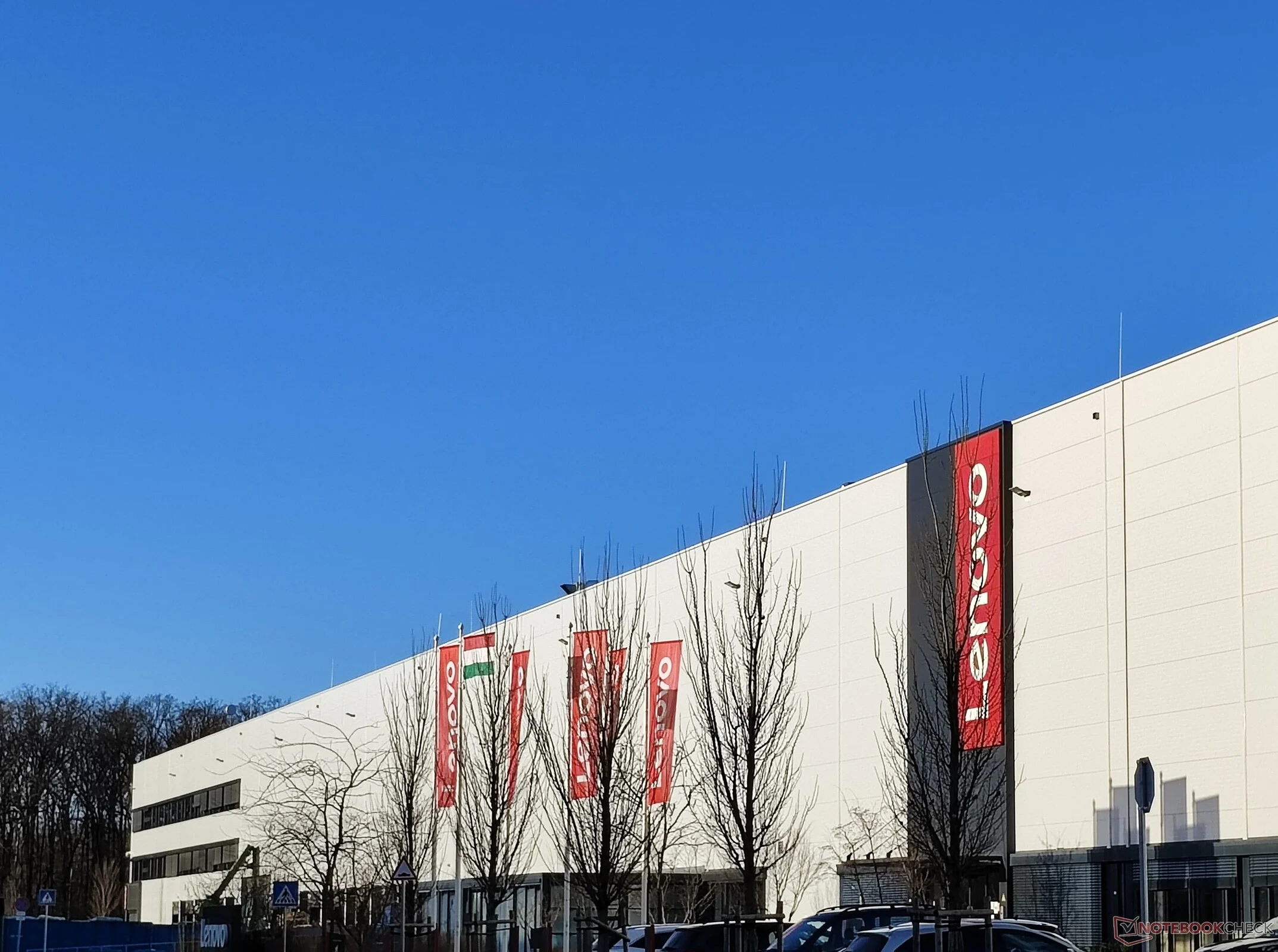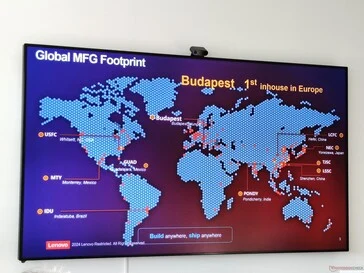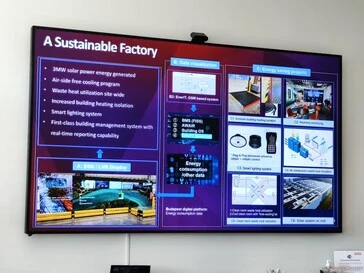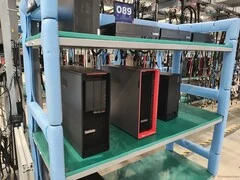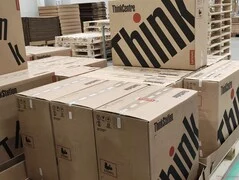Key Takeaways
1. The Lenovo Idea Tab Pro offers a Bluetooth stylus with 4,096 pressure levels, enhancing writing and drawing capabilities.
2. It features a premium unibody metal design, providing durability and a stylish look, though it weighs 620 grams due to a large battery.
3. The tablet has a high-resolution IPS display (2,944 x 1,840) and a 144 Hz refresh rate, but struggles with HDR content and peak brightness for outdoor use.
4. Unique features include satellite tracking and a microSD slot for extra storage, along with speedy WLAN performance.
5. Lenovo promises four years of software updates, making it a cost-effective alternative to pricier tablets like the iPad Pro.
In light of its price under $450, the Lenovo Idea Tab Pro packs in a variety of features typically found on pricier tablets. One notable addition is the Bluetooth stylus that can easily stick to the back of the tablet. This stylus is great for detailed writing and drawing because it supports 4,096 pressure levels.
Premium Build Quality
The unibody metal design gives it a high-end look and feel: it’s durable, well-crafted, and stylishly made. Nevertheless, at 620 grams, the Idea Tab Pro isn’t the lightest tablet around. This weight is partially due to the sizable battery, which allows for media playback lasting up to 17 hours without needing an internet connection. The device is equipped with four high-quality speakers from JBL, ensuring excellent sound quality for entertainment on the move.
Display Limitations
Sadly, Lenovo had to make some compromises on the display to keep costs down. The IPS panel boasts a high resolution of 2,944 x 1,840 and a refresh rate of 144 Hz, with no PWM flickering, which looks impressive at first sight. Yet, the tablet struggles to display HDR content properly and the peak brightness of about 400 cd/m² is slightly inadequate for outdoor viewing in bright light.
Extra Features
Conversely, the Idea Tab Pro includes features that are not commonly found in other tablets, even the high-end ones, such as satellite tracking and a microSD slot for extra storage. The WLAN performance is speedy, and the SoC provides sufficient power for most tasks, plus Lenovo promises four years of software updates, although users shouldn’t expect them to be frequent.
All in all, the Idea Tab Pro makes the idea of having a large, versatile tablet affordable for those who find an iPad Pro too pricey. Those interested in learning more about this large Lenovo tablet should check out our in-depth review.
Source:
Link



